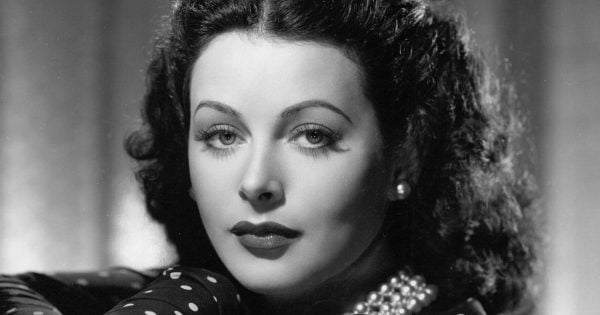They say that truth is often stranger than fiction. That’s certainly the case for Hedy Lamarr.
By the time she was 18 years old, the Austrian born actress had appeared naked and simulating orgasm in Ecstasy, a scandalous film personally denounced by the Pope.
That’s before she escaped from her Austrian arms dealer first husband who supplied weapons to both Mussolini and Hitler and met Hollywood heavyweight Louis B. Mayer who gave her a seven year acting contract for Hollywood.
But the risque, glamorous and exotic reputation of Lamarr, who Mayer dubbed “The most beautiful woman in the world” is just one side. It’s arguably not even the most interesting.


Top Comments
Clever lady!
Hedy Lamarr was beautiful, but I think Gene Tierney was the most beautiful actress from the Old Hollywood era.
I just learned the other day about a silent film actress called Maude Fealy (born 1883) who was incredibly beautiful.
I feel like a lot of silent film and 1930s actresses were plain but the grooming, glamour, styling and great lighting techniques made them appear to be stunning. And probably a lack of papparazzi meant their images were very controlled and posed. The mystery, the intrigue remained - they werent accessible li'ke today's celebrities.